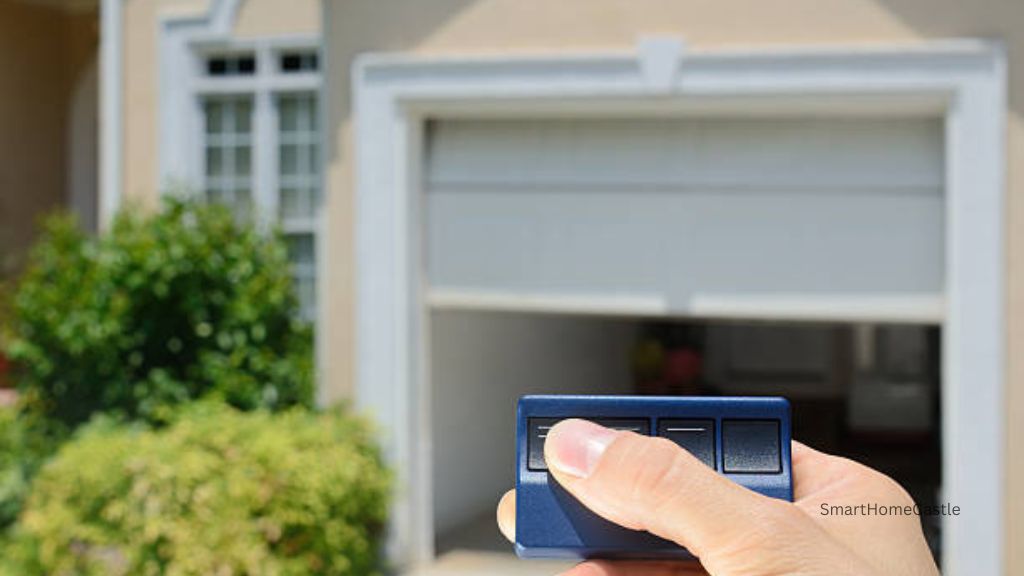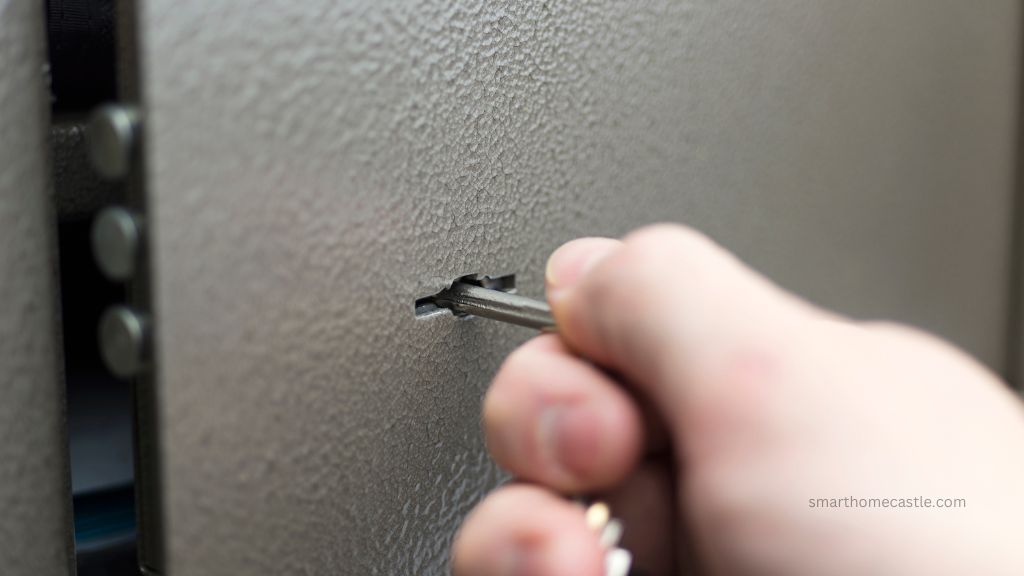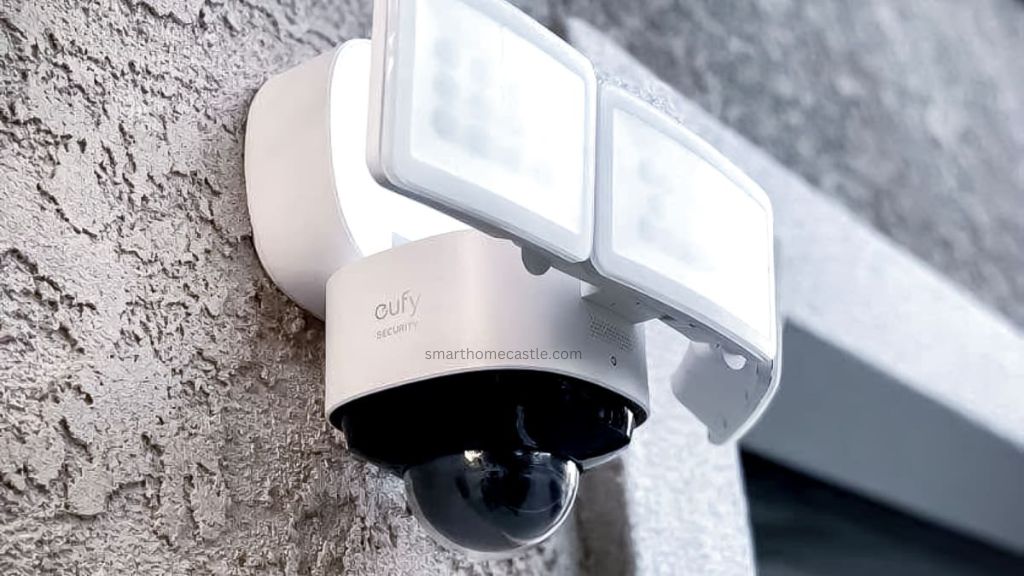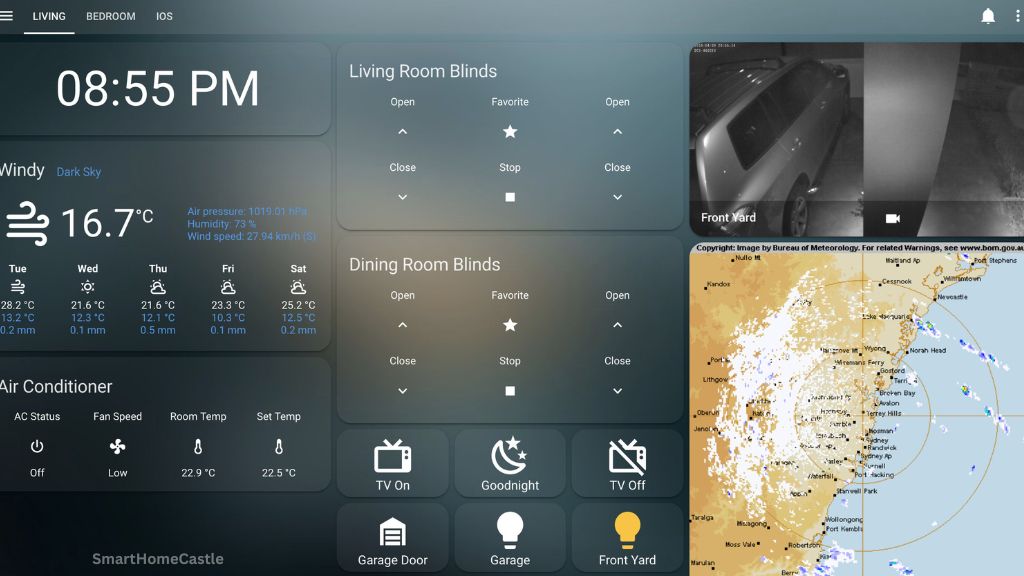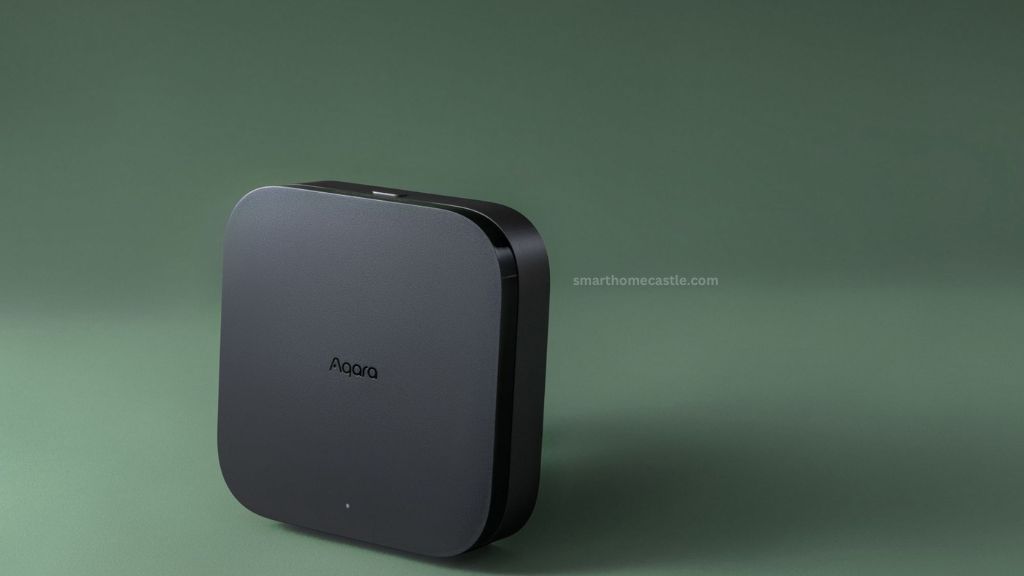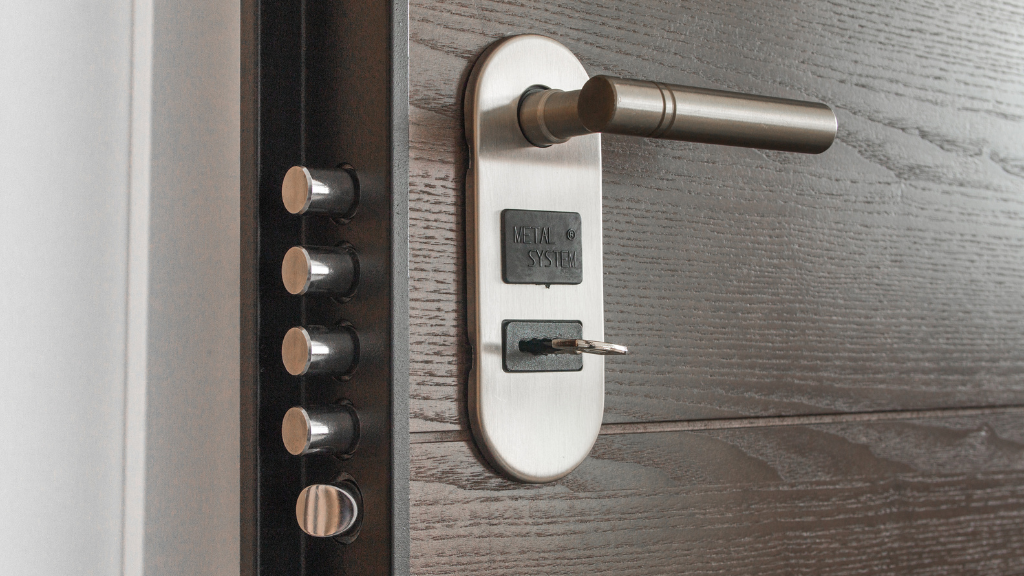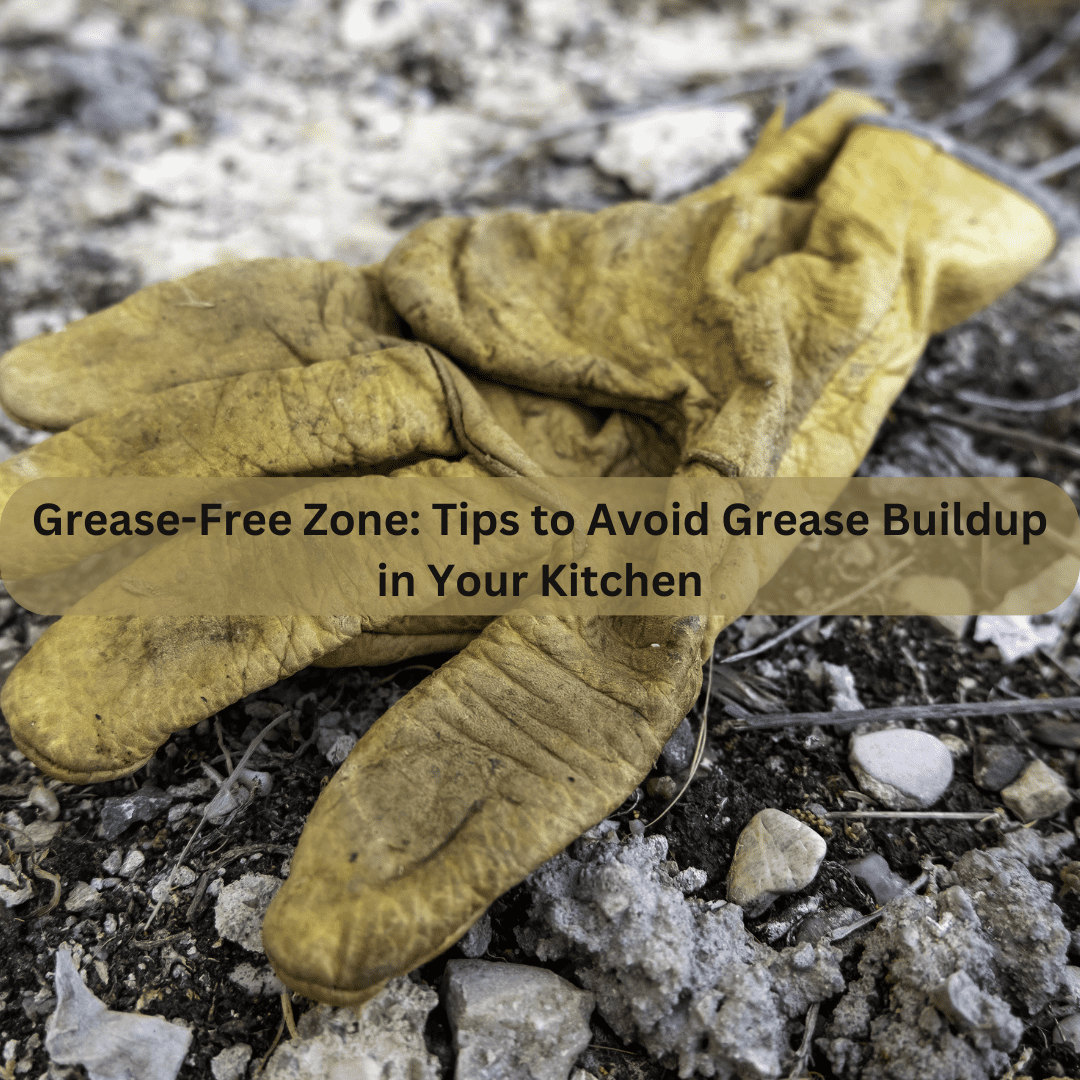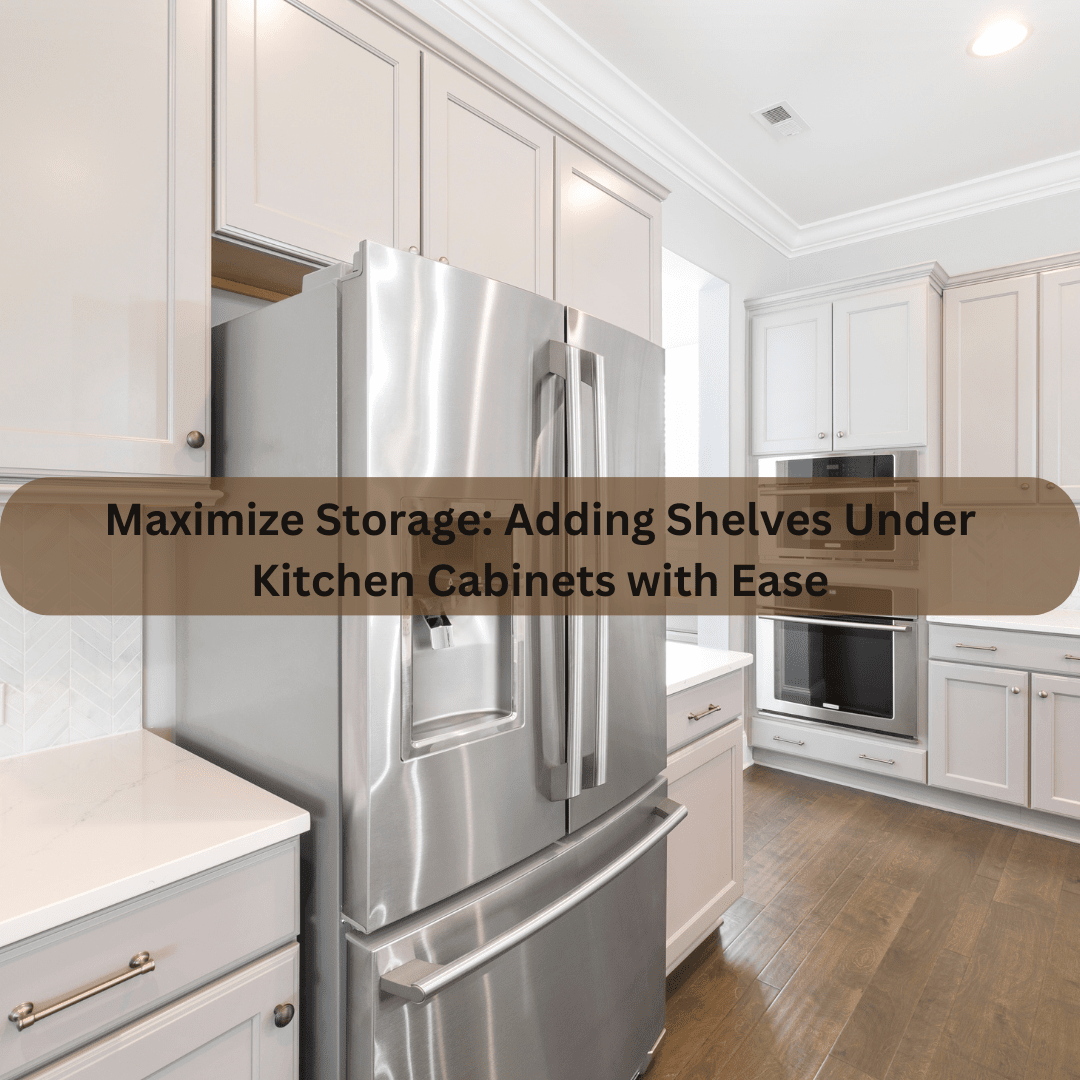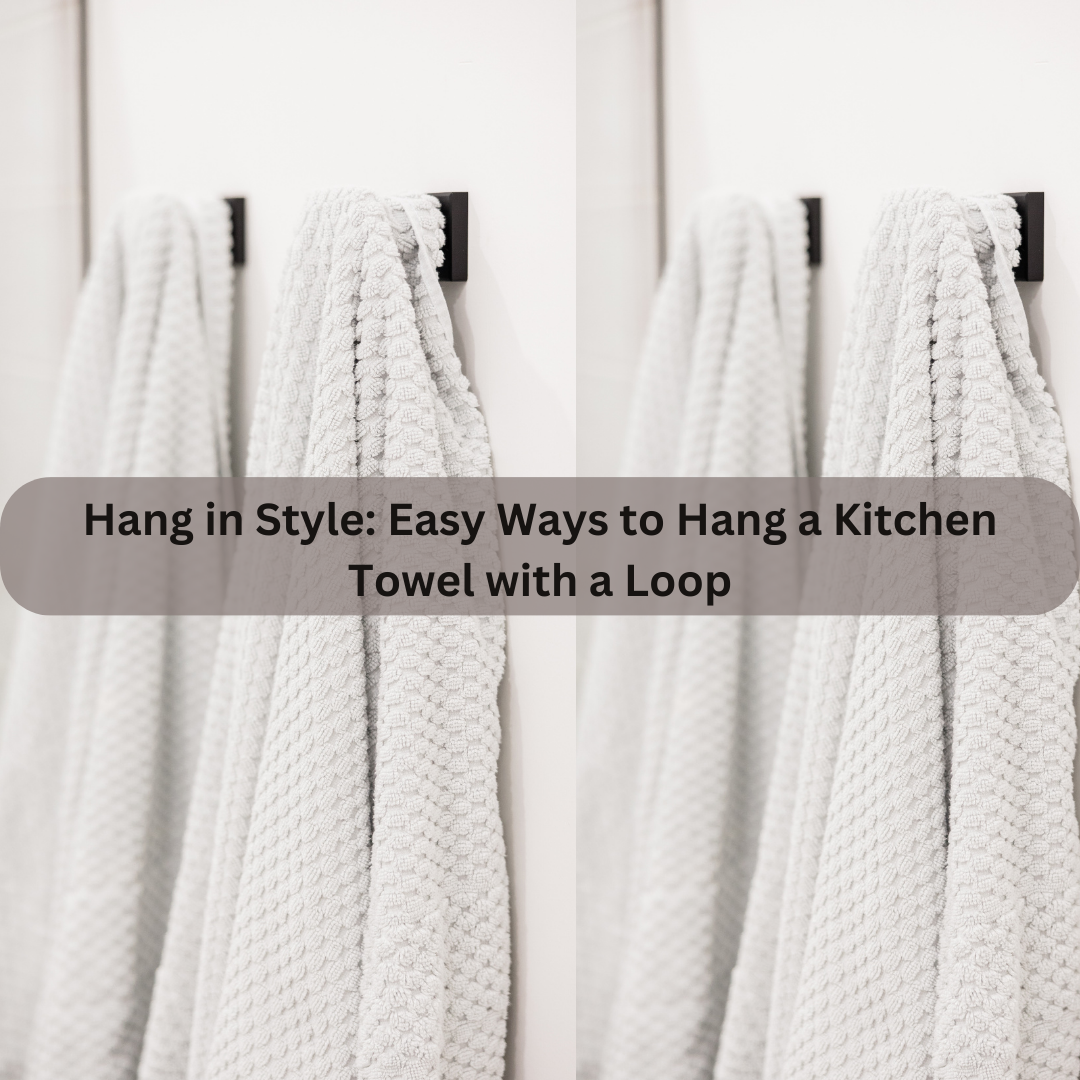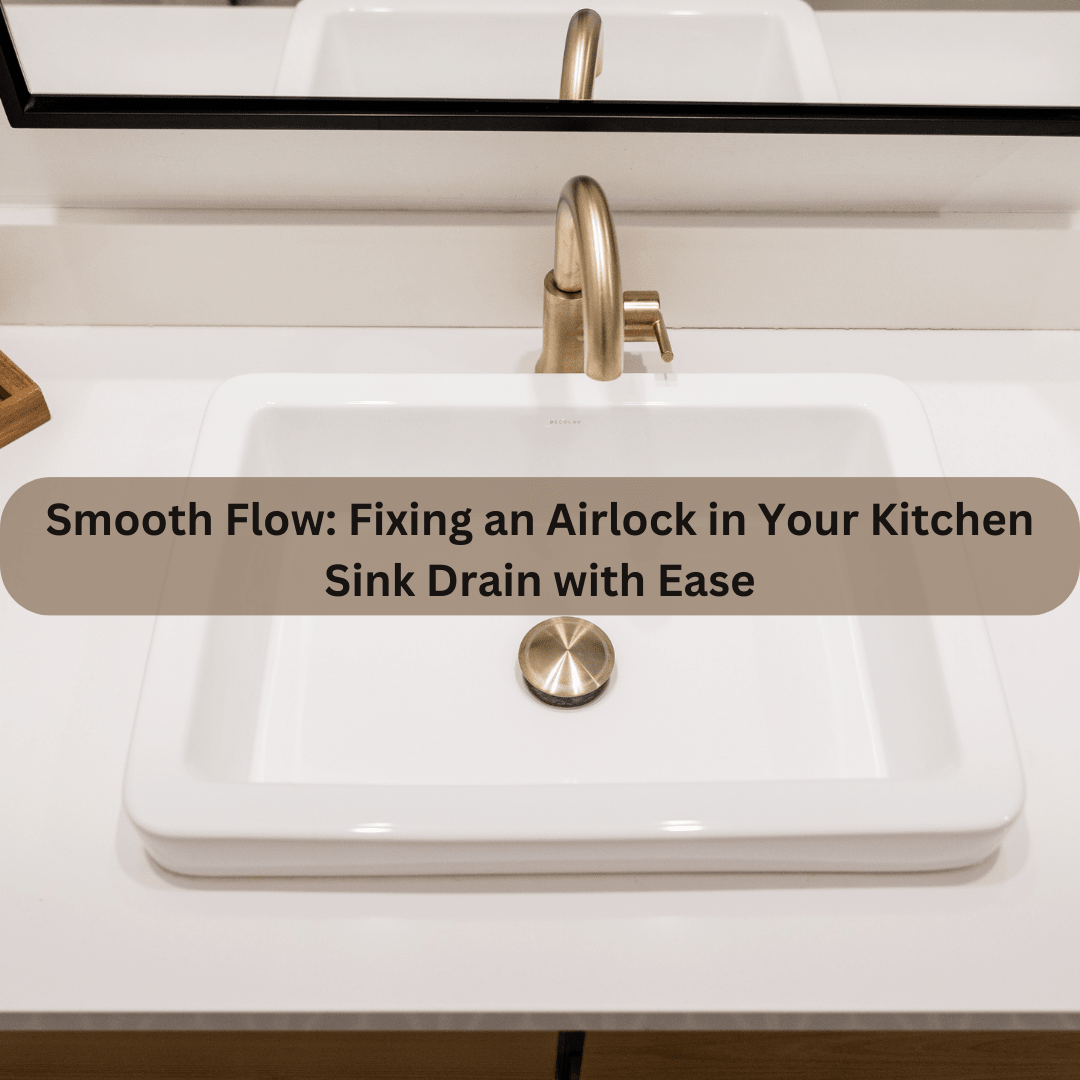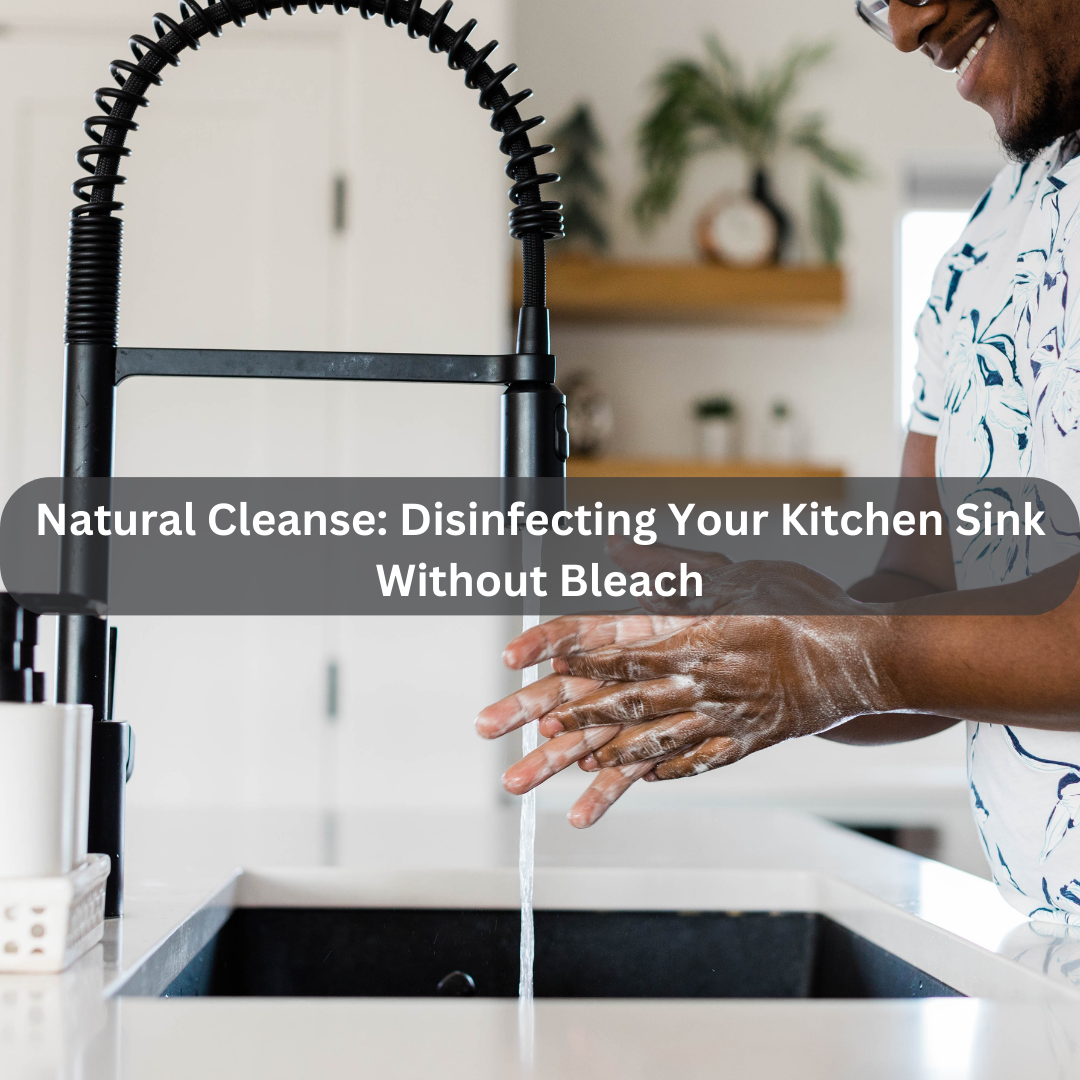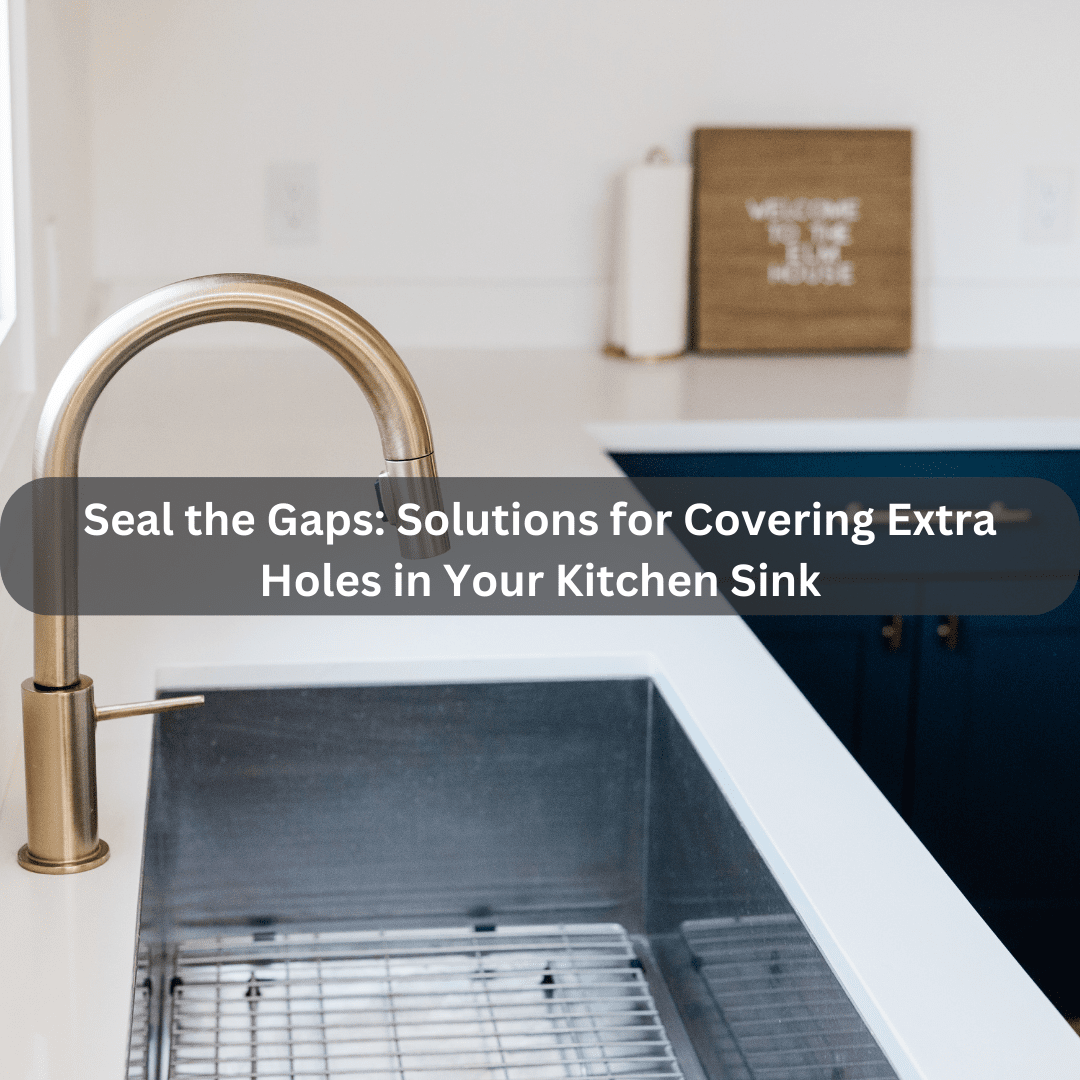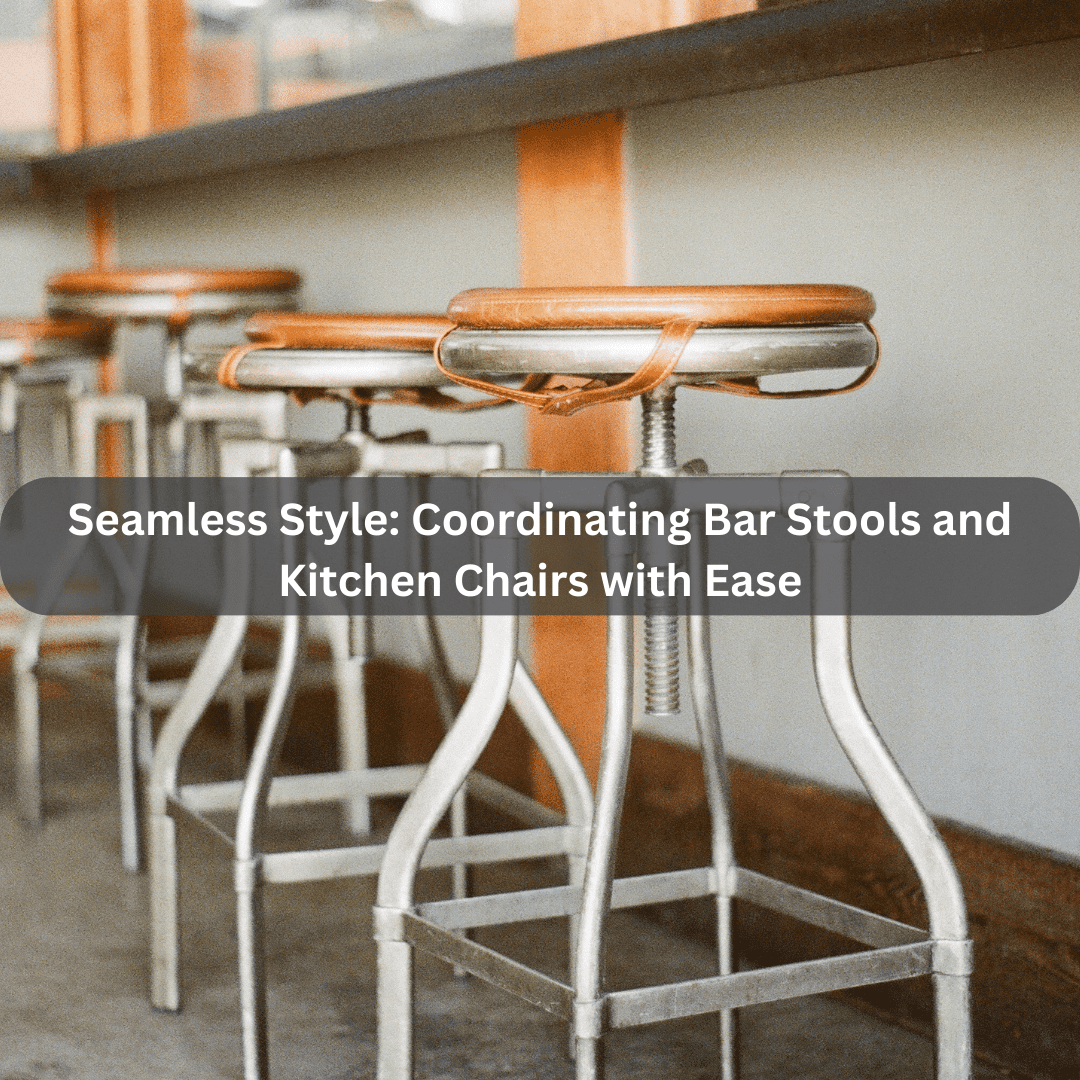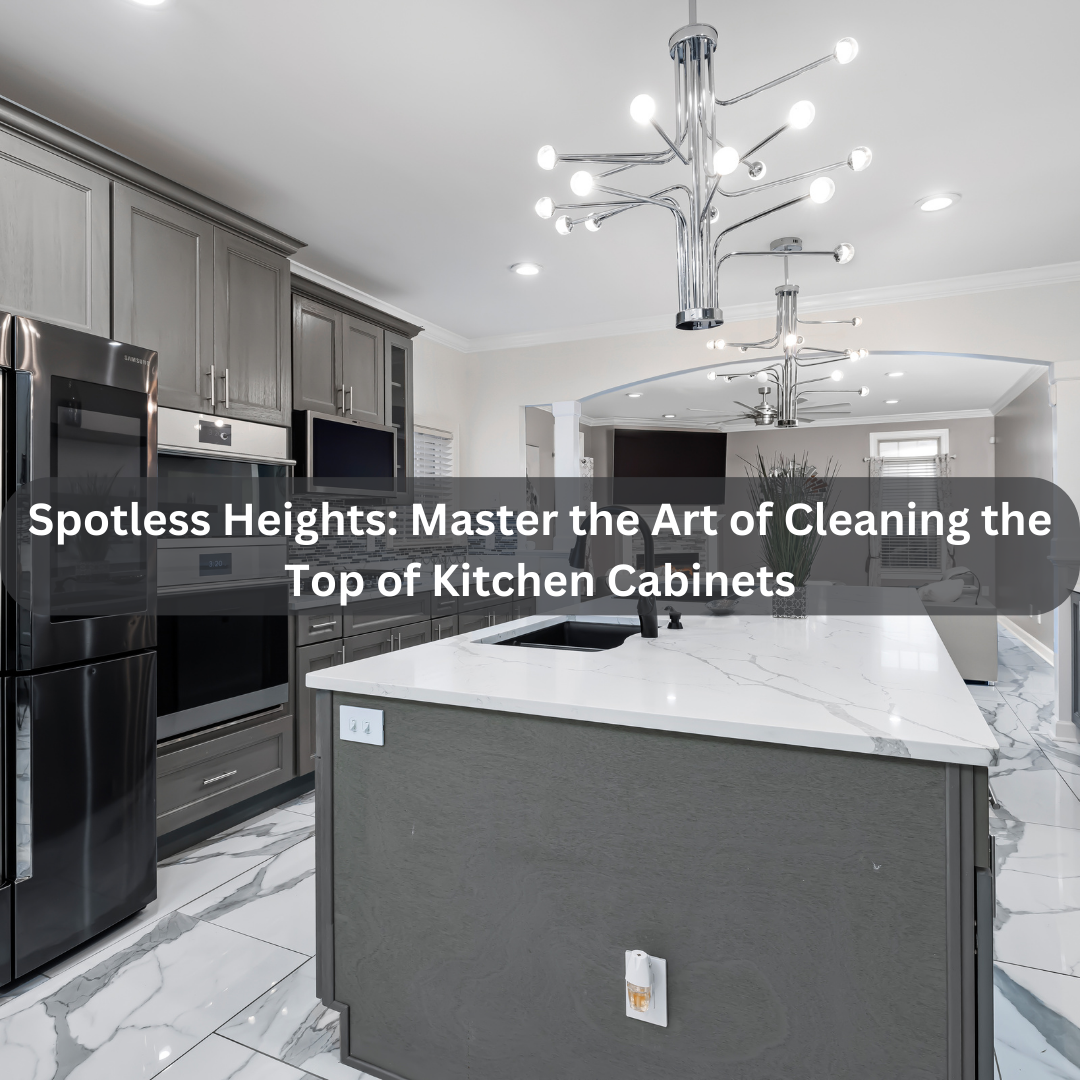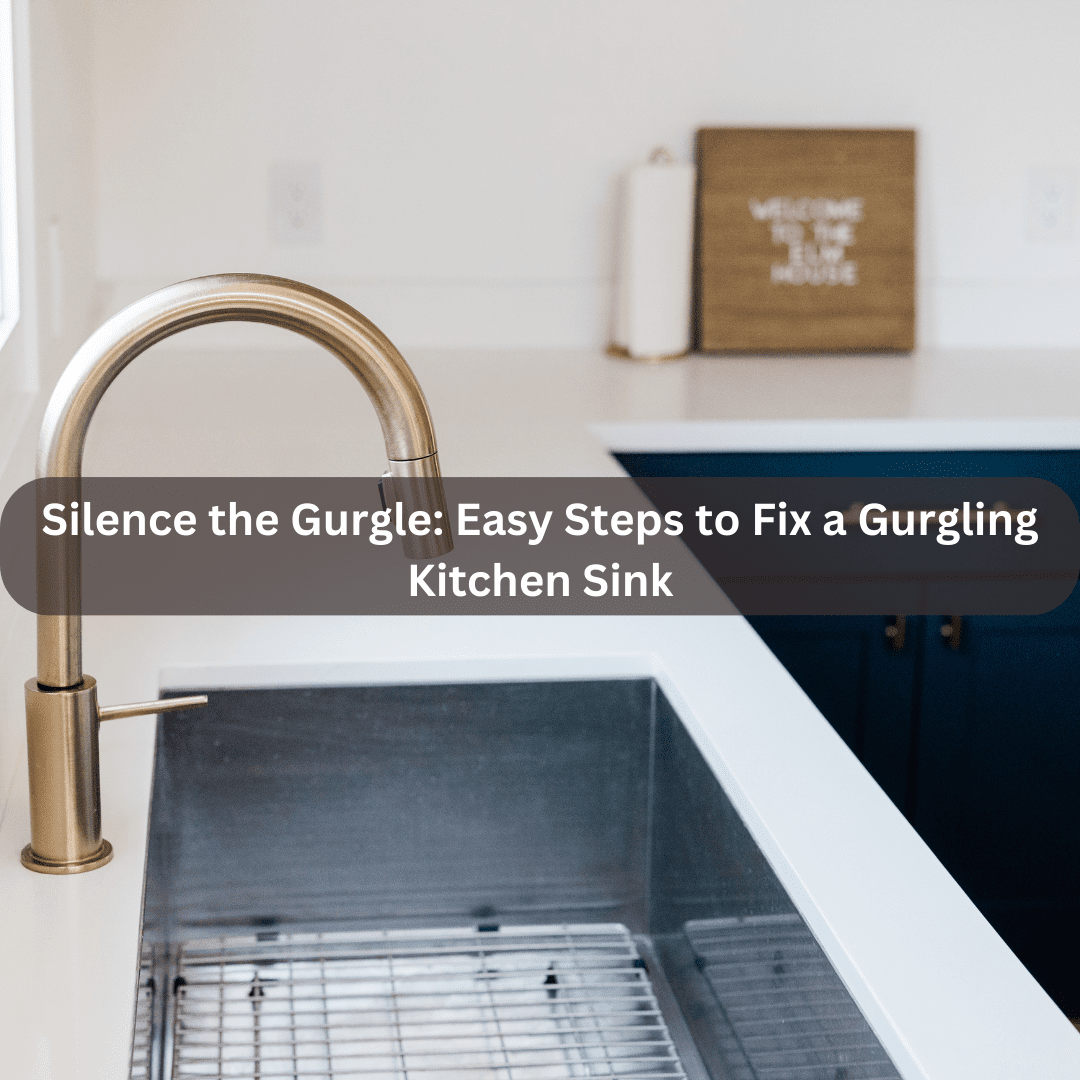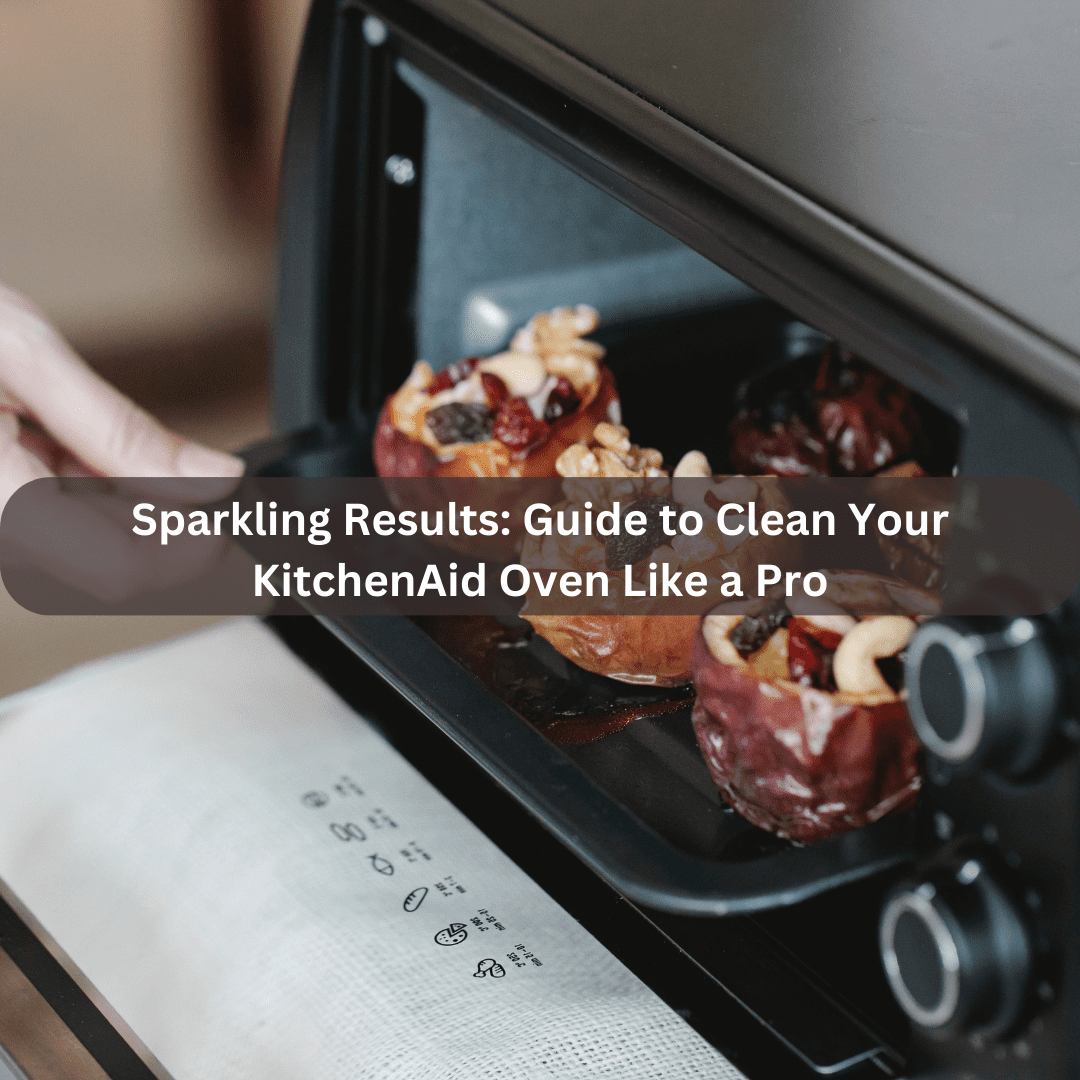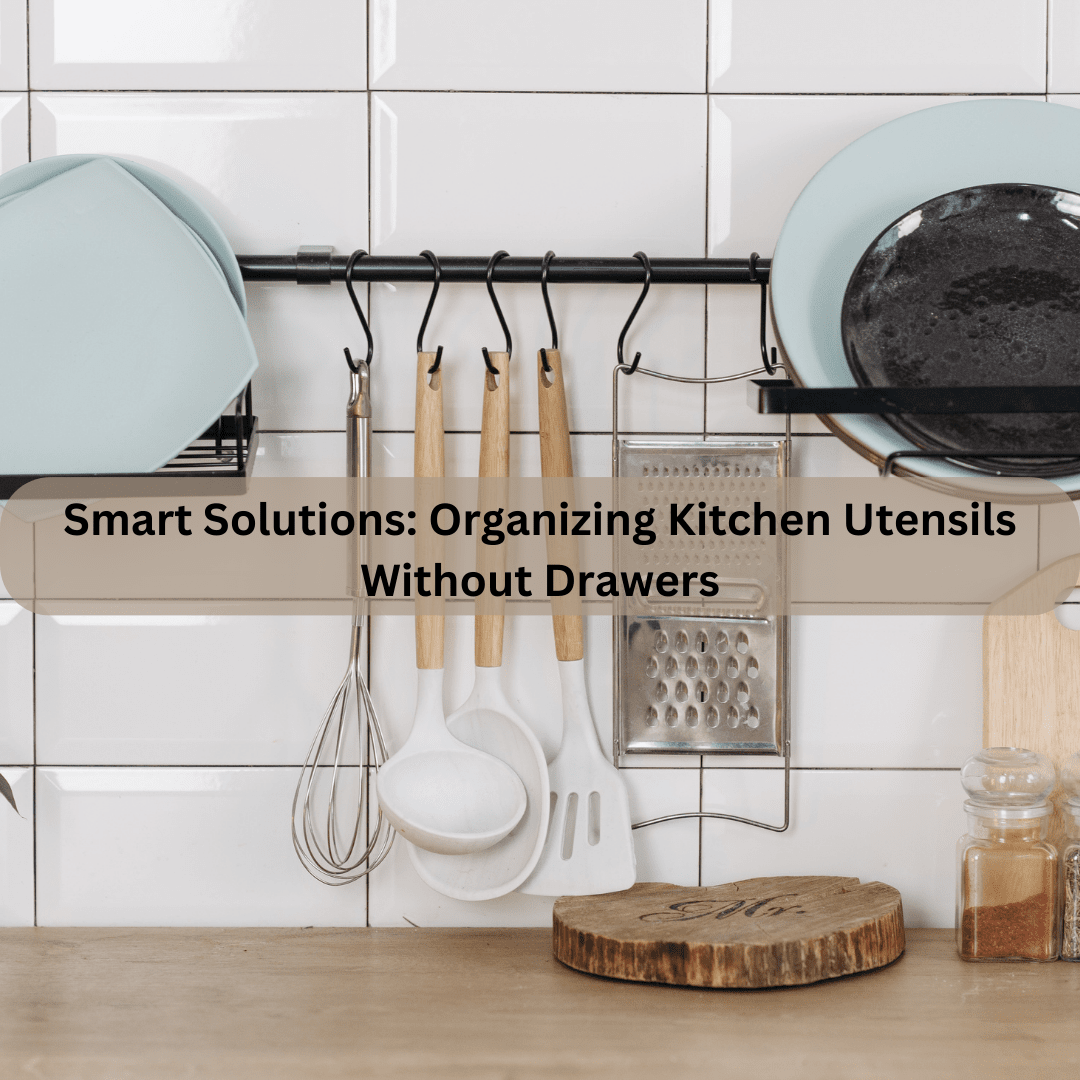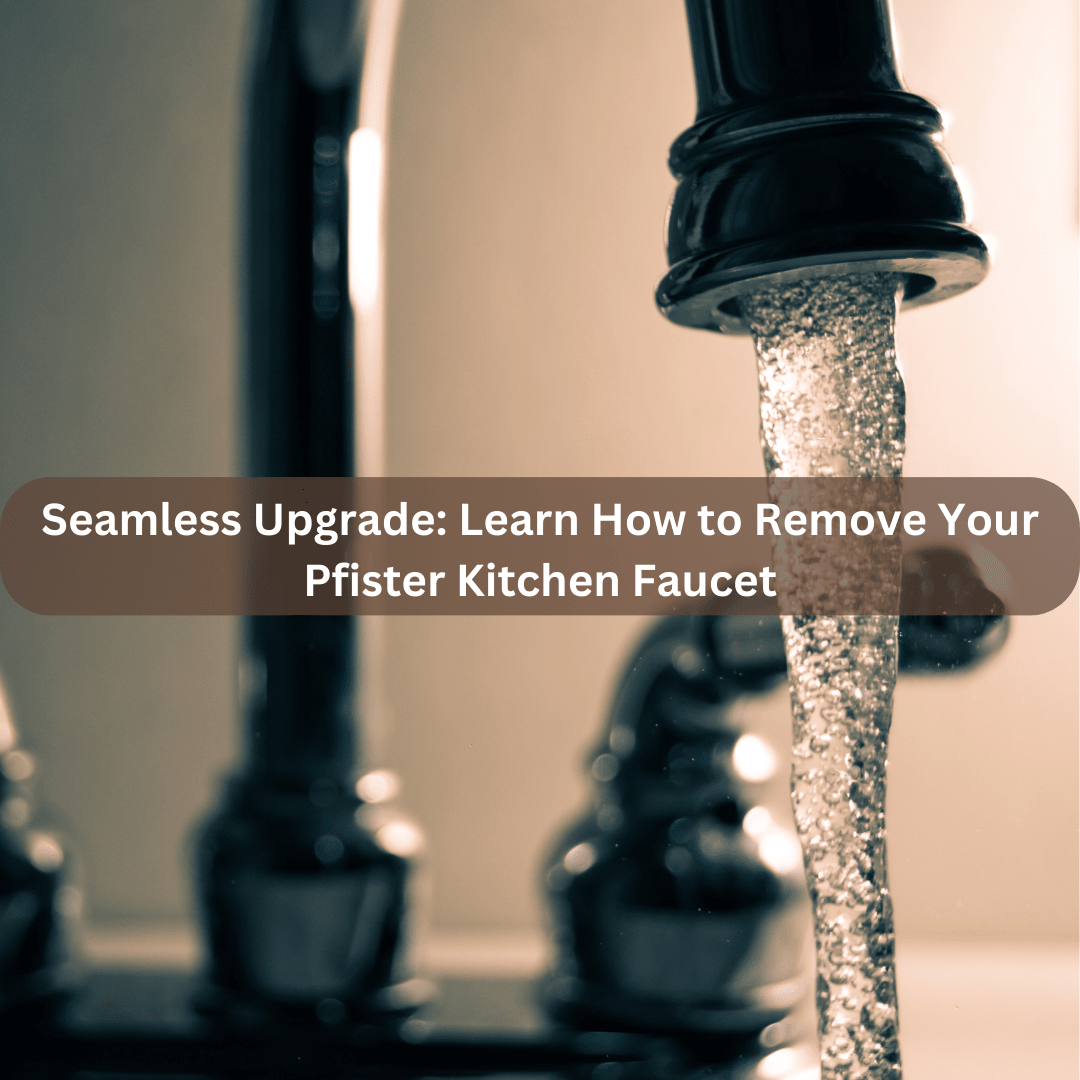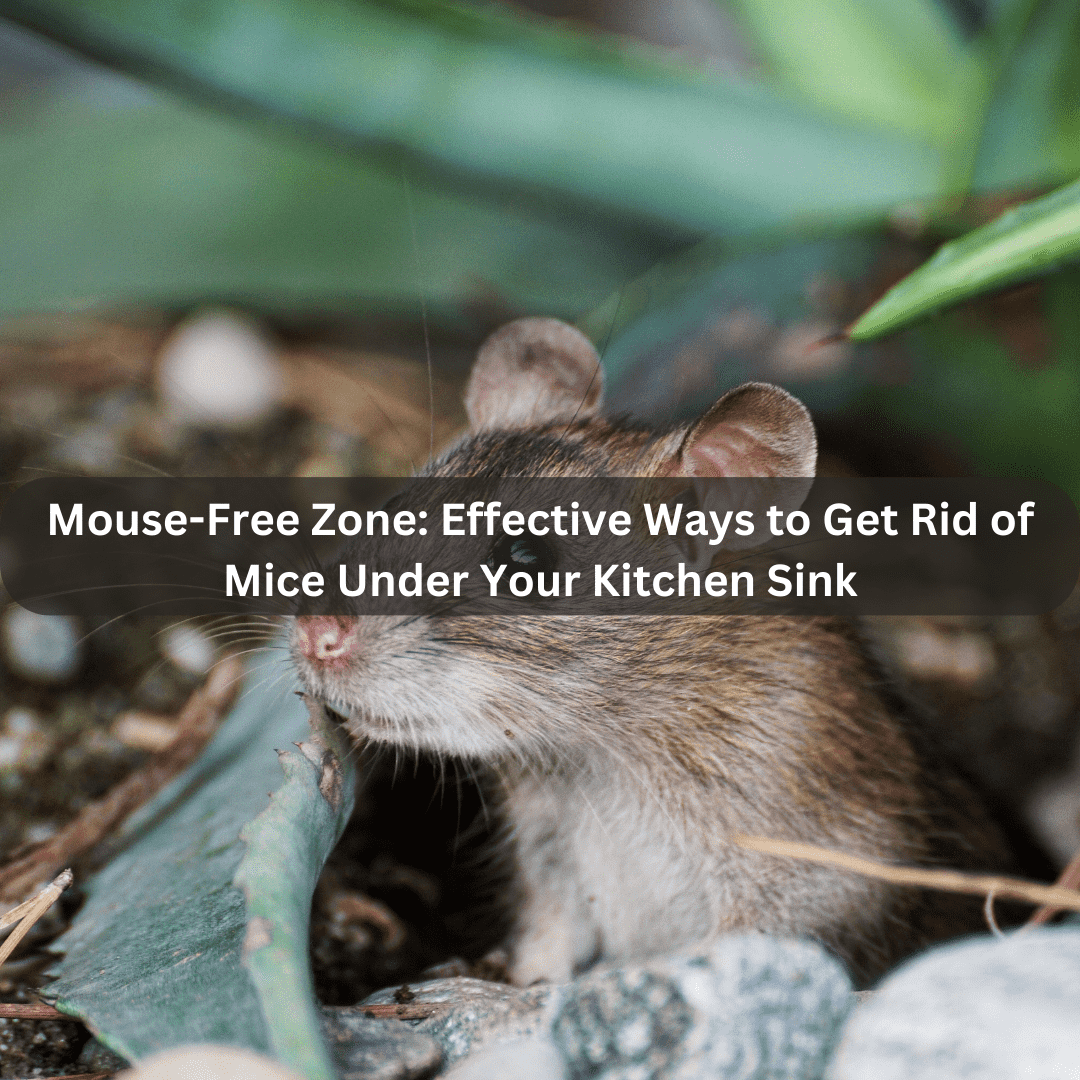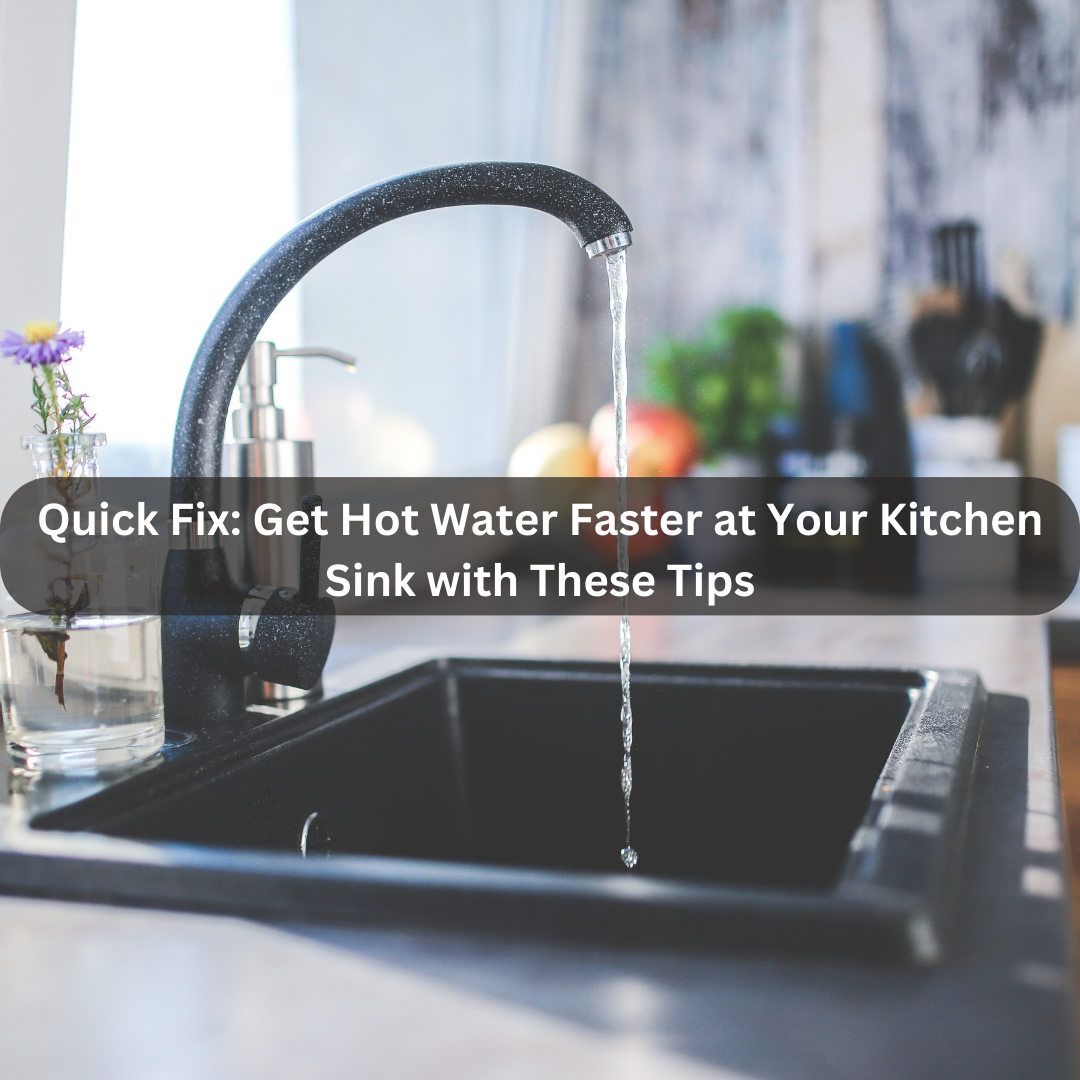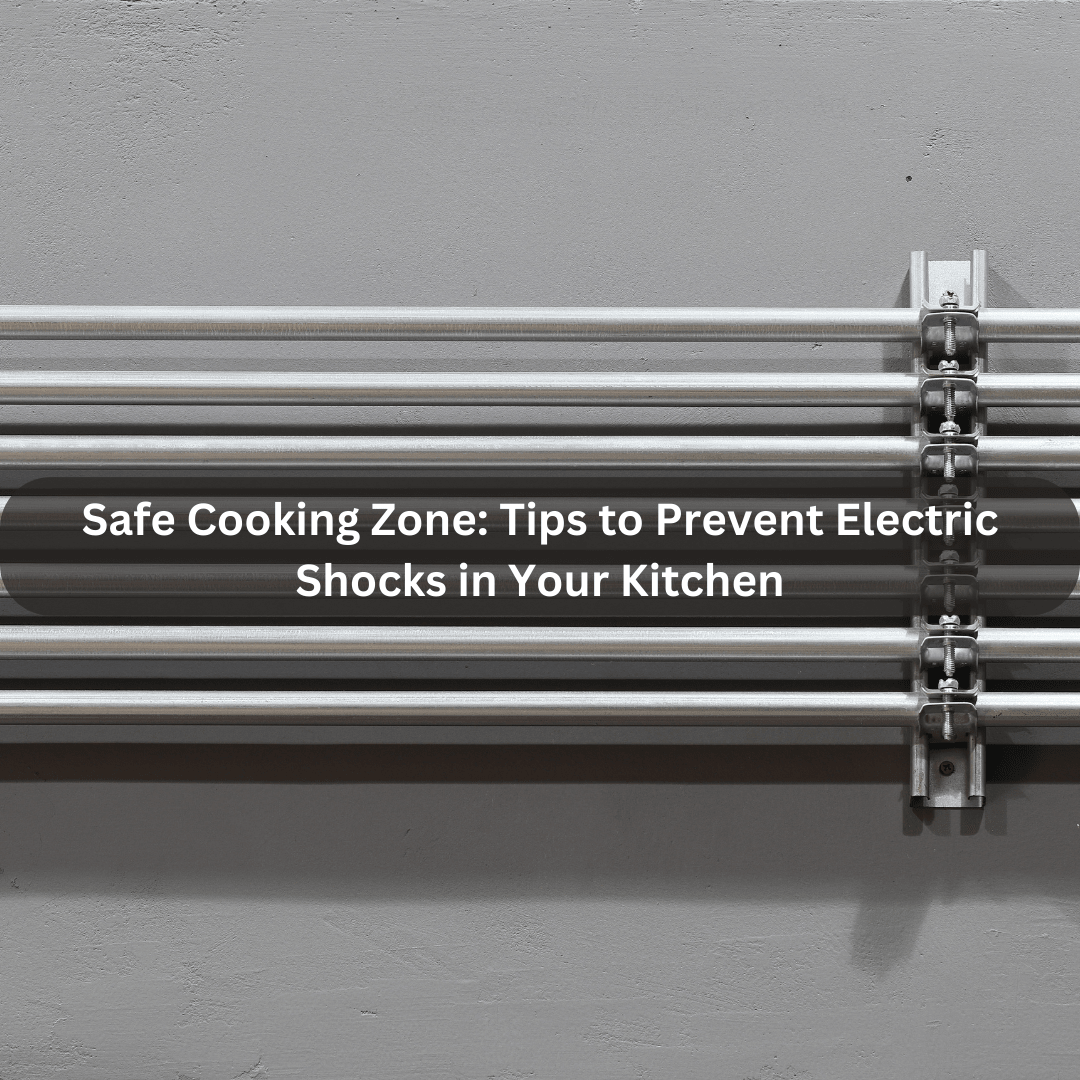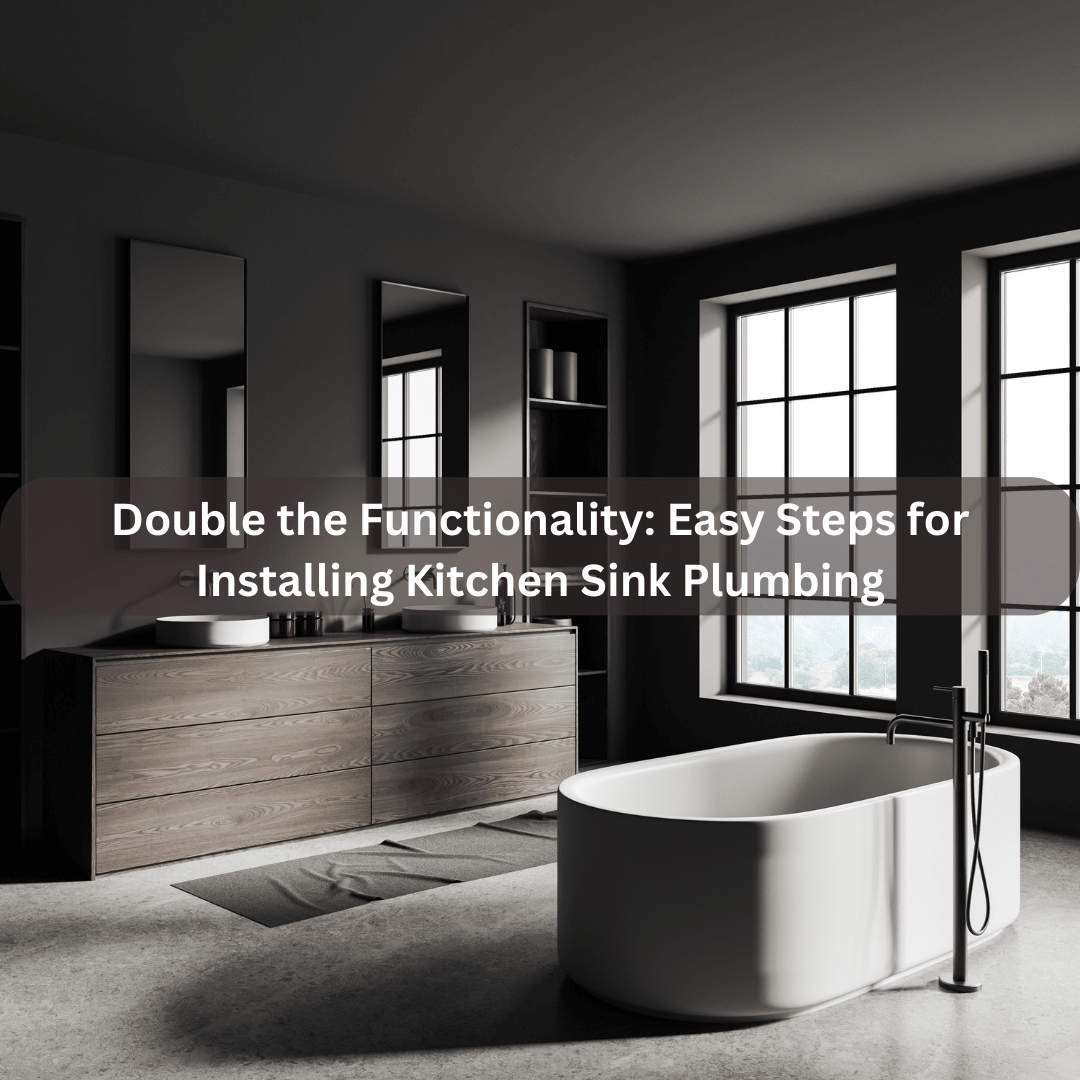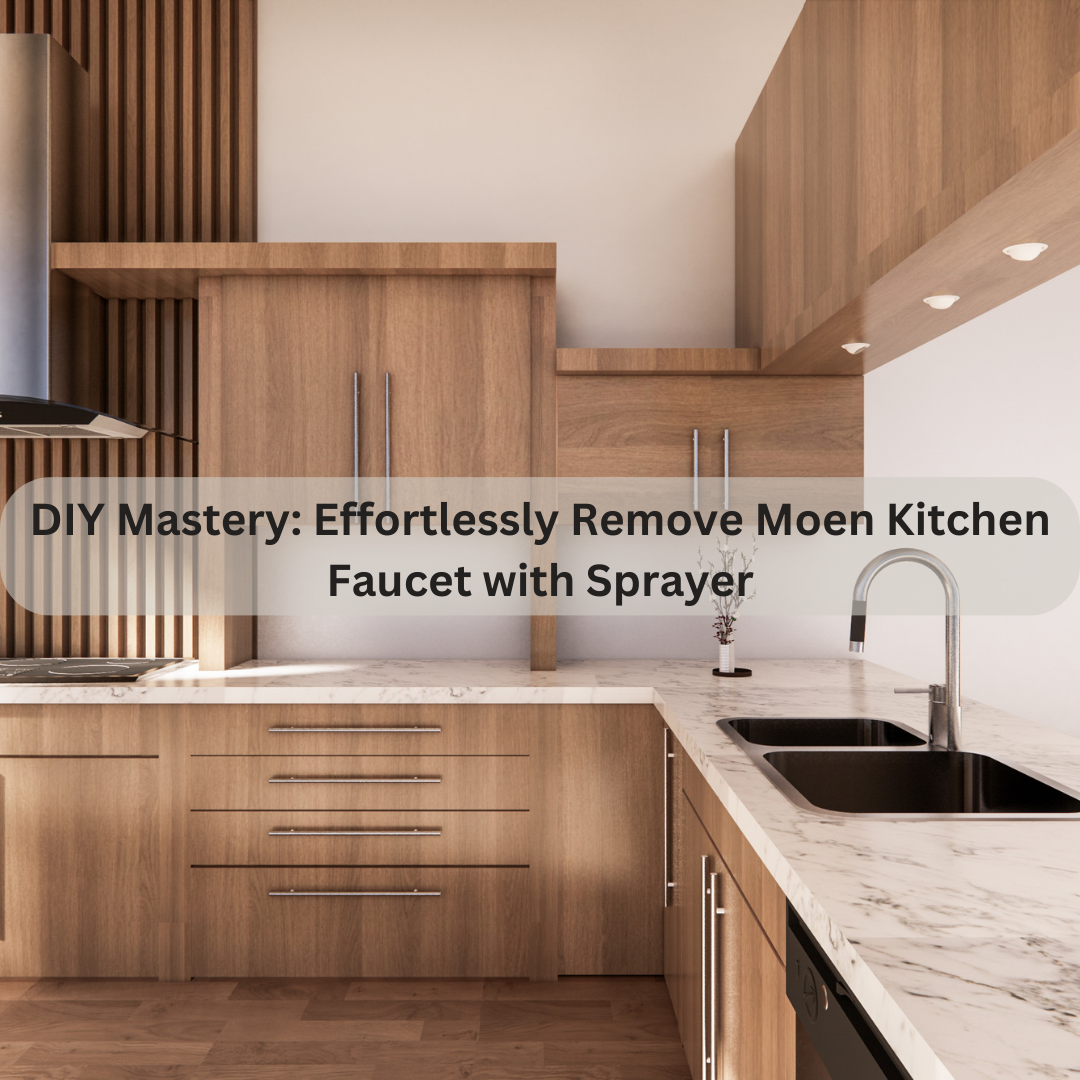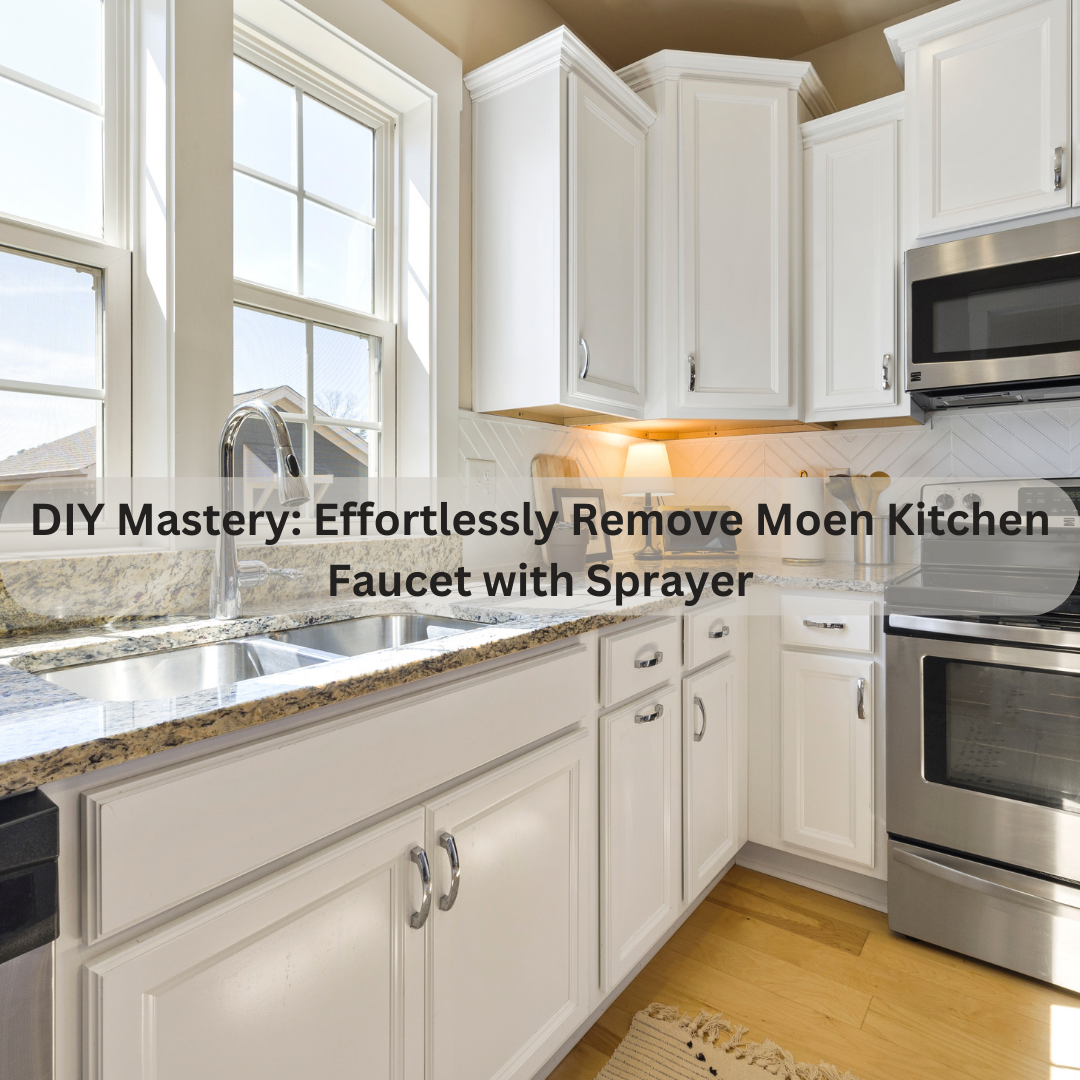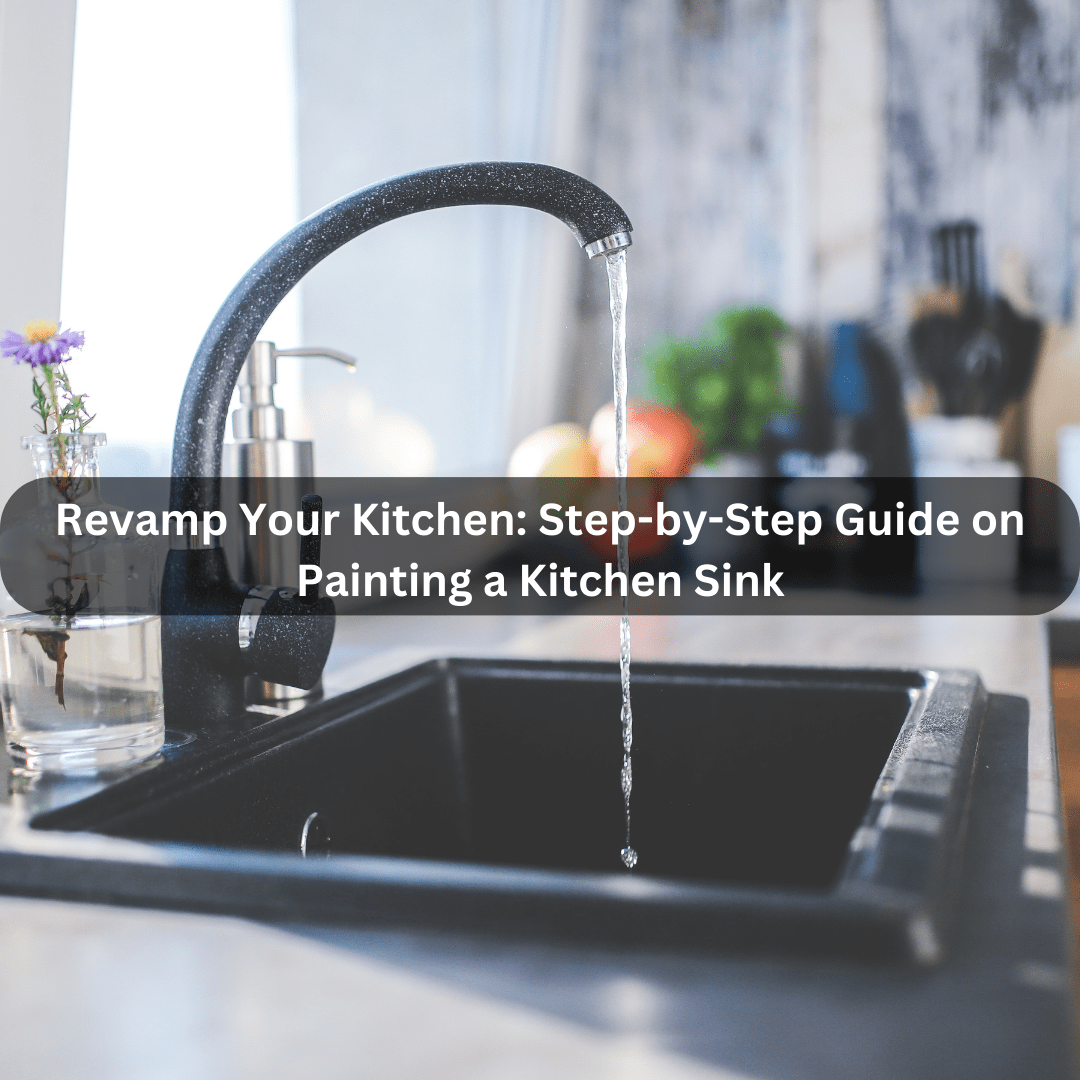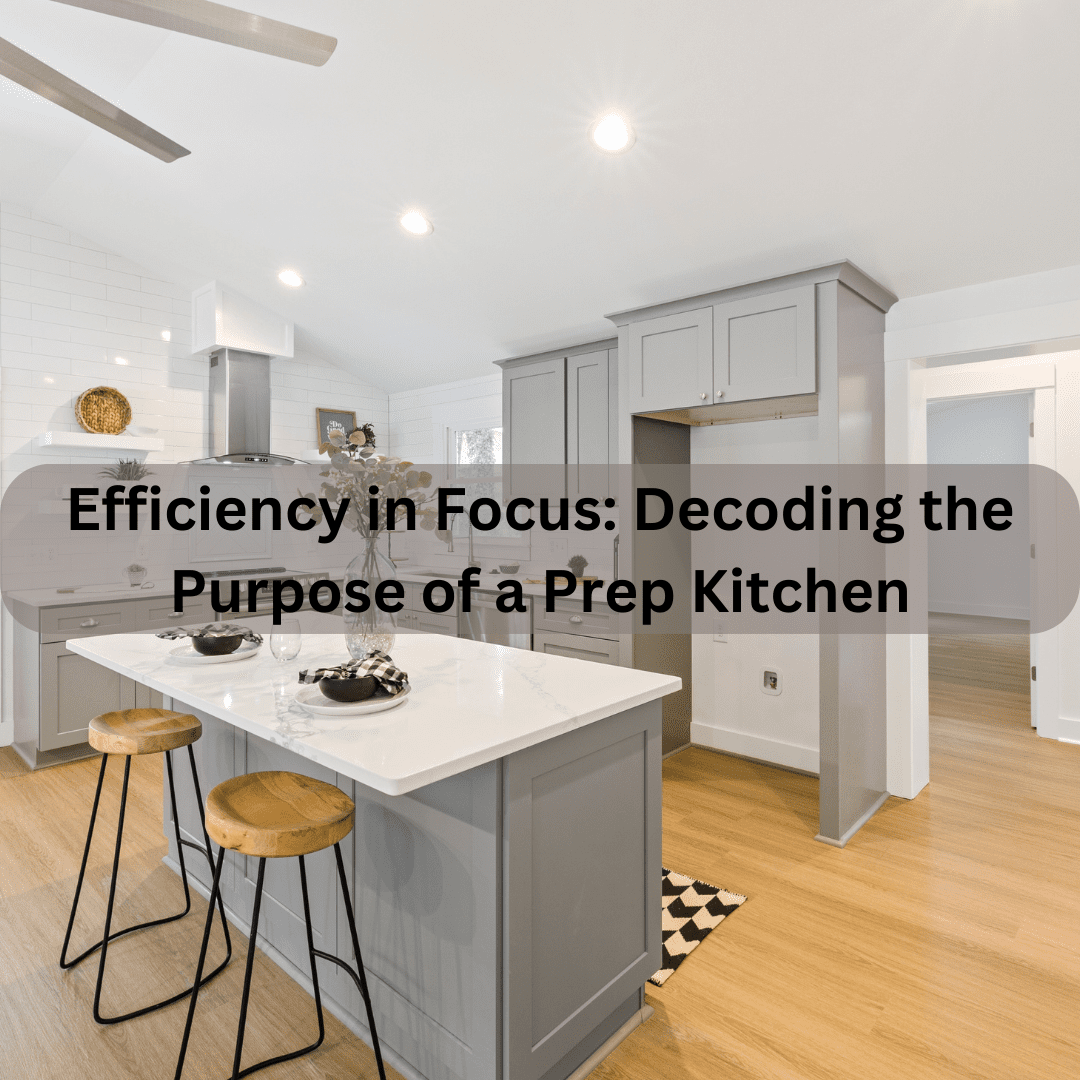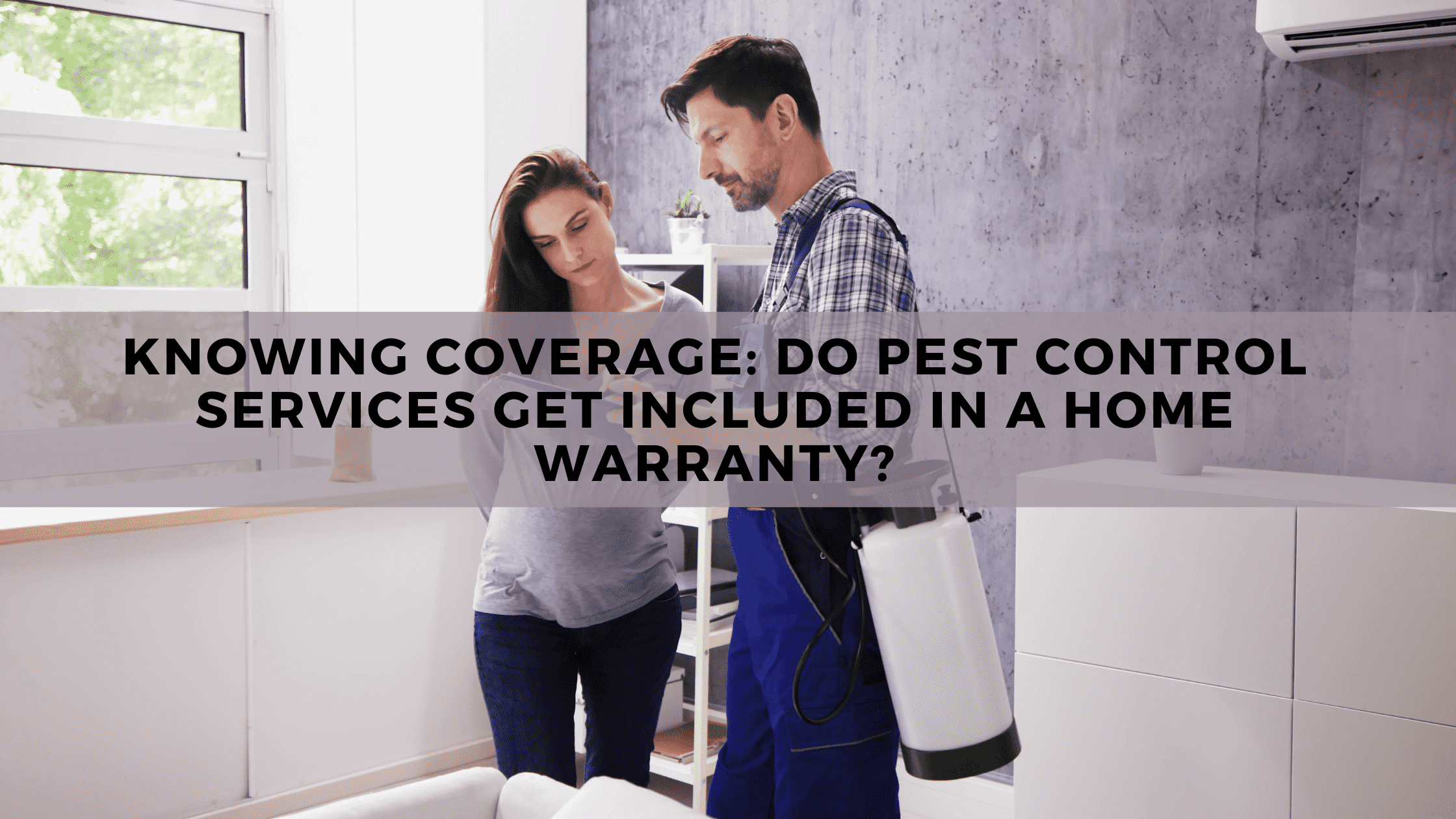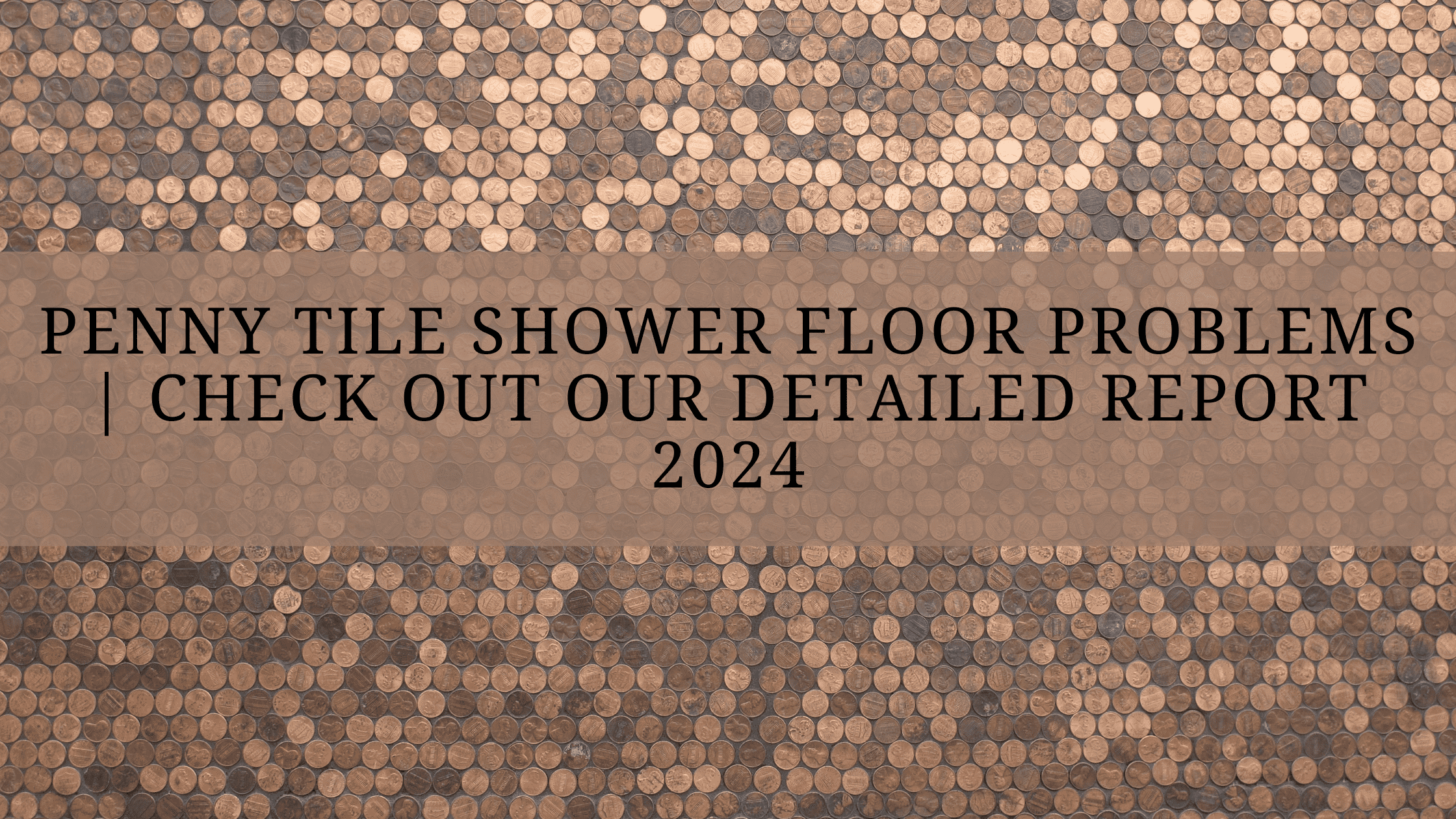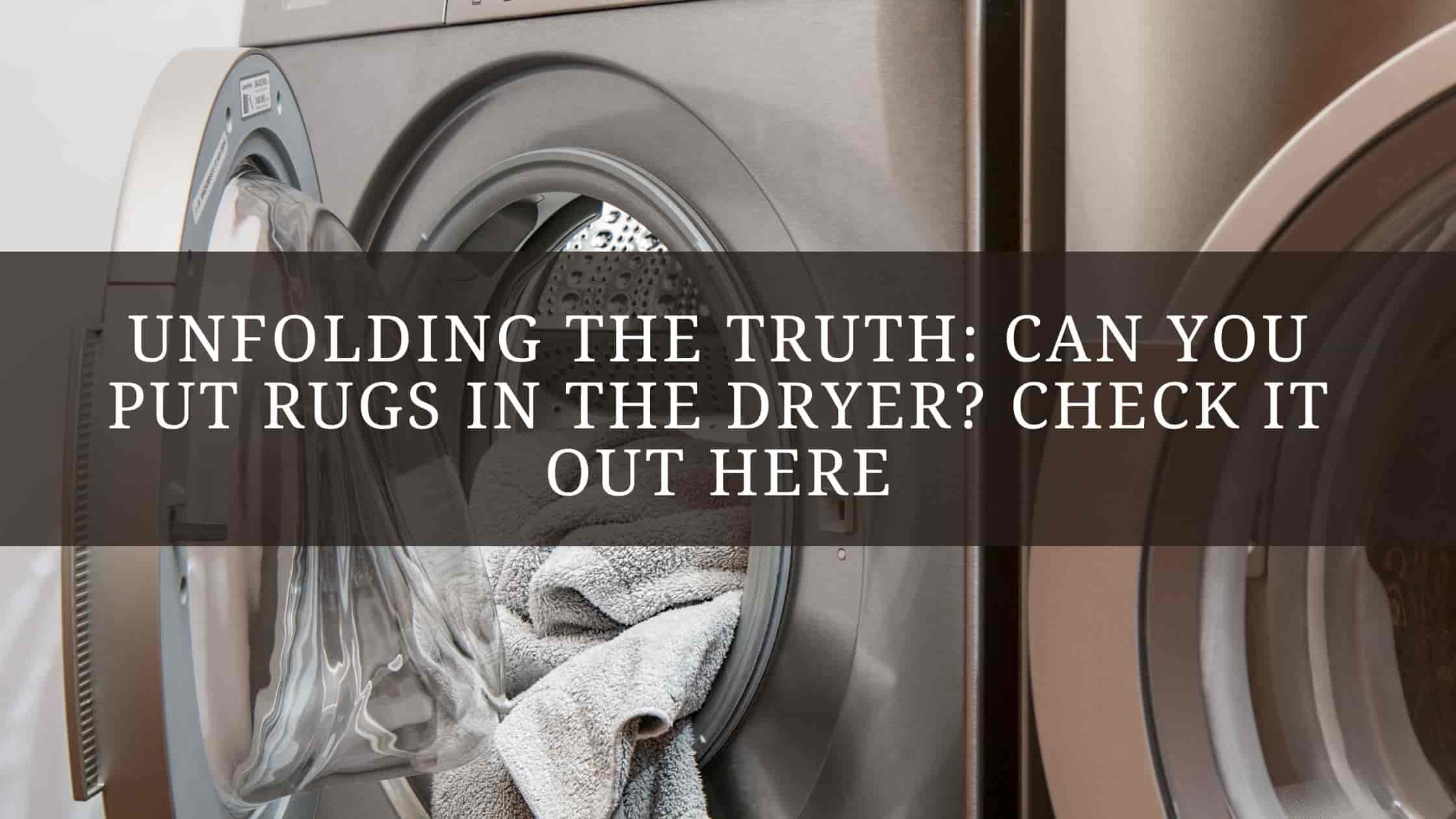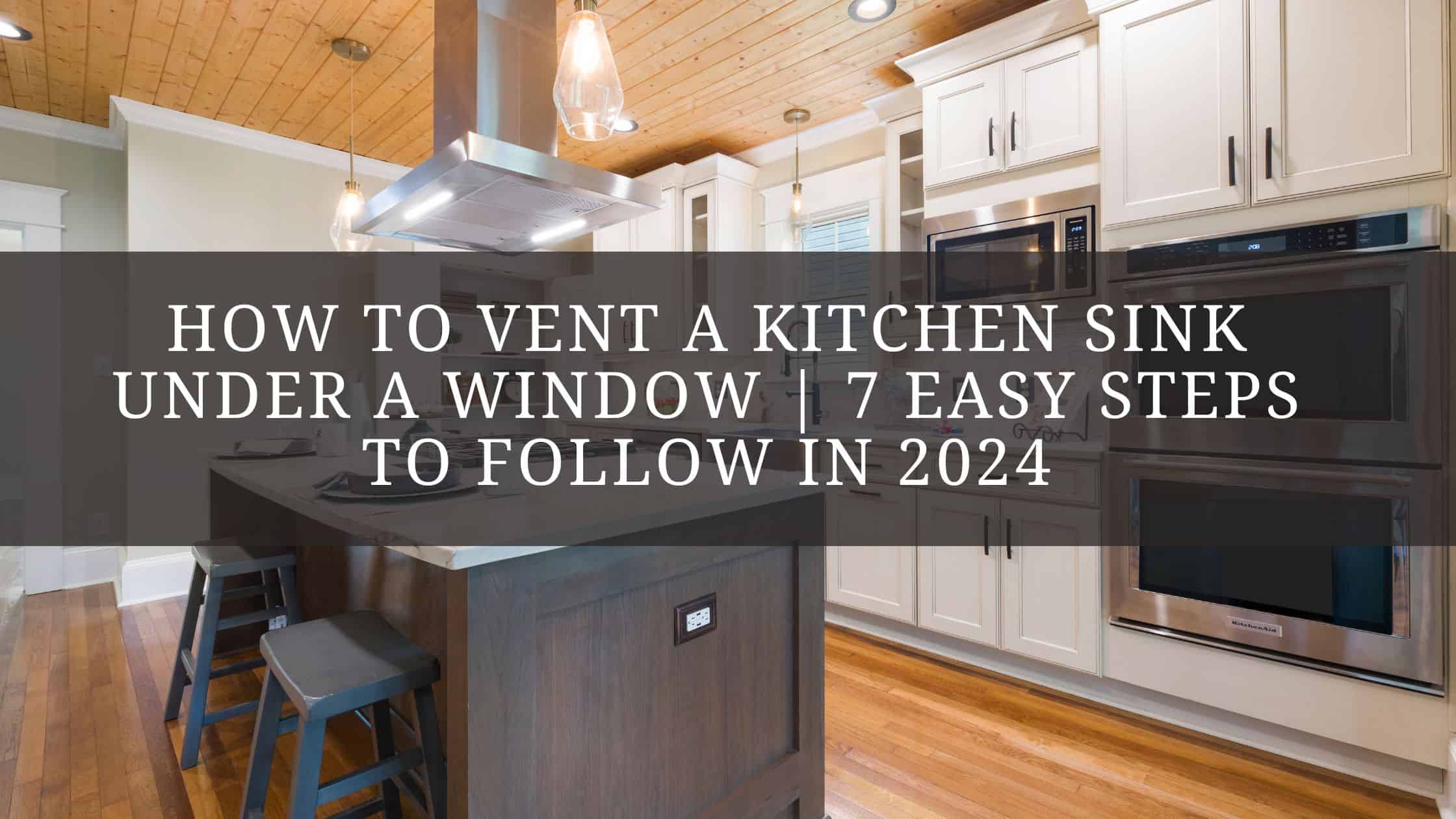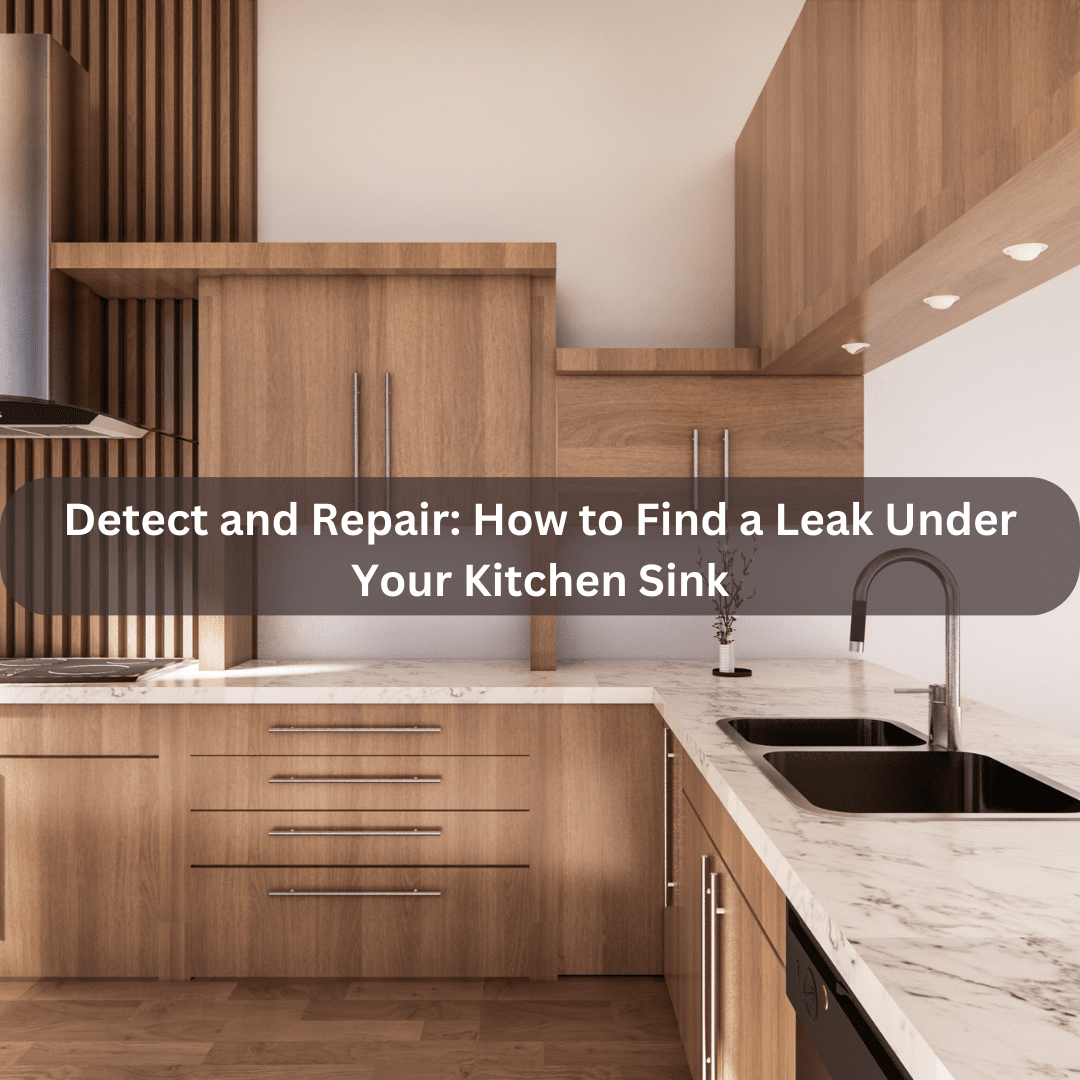
Introduction For How To Find Leak Under Kitchen Sink
A leak under the kitchen sink can be a source of frustration and potential water damage. Detecting and addressing the issue promptly is crucial to maintaining a functional and safe kitchen environment. In this guide, we’ll explore practical steps and tips on how to identify a leak under the kitchen sink.
From visible inspections to targeted checks of specific components, understanding the process of leak detection empowers homeowners to take proactive measures and prevent further complications. Let’s delve into the methods that can help you pinpoint and resolve leaks, ensuring a dry and secure kitchen space.
Q1: How can I tell if there’s a leak under my kitchen sink?
A1: Look for signs such as water pooling, dampness, or moldy odors around the base of the sink cabinet.
Q2: What should I do if I suspect a leak under the sink?
A2: Begin by inspecting the pipes, connections, and faucet for visible leaks or dampness.
Q3: How do I check for leaks in the sink’s drain assembly?
A3: Run water in the sink and inspect the drain pipes for any signs of water escaping or dripping.
Q4: Can a leaky garbage disposal cause water under the sink?
A4: Yes, check the connections and seals on the garbage disposal for leaks or drips.
Q5: Should I inspect the faucet and its connections for leaks?
A5: Absolutely, check the base of the faucet and the connections for any signs of water leakage.
Q6: How do I identify leaks from the water supply lines under the sink?
A6: Inspect the water supply lines for wet spots, drips, or signs of corrosion.
Q7: Can a leak under the sink be caused by a loose or damaged pipe?
A7: Yes, tighten loose connections and visually inspect pipes for any cracks, rust, or damage.
Q8: Is it common for the sink basket strainer to cause leaks?
A8: Yes, check the sink basket strainer for a proper seal and tighten if necessary.
Q9: How do I inspect the dishwasher connection for leaks under the sink?
A9: Check the dishwasher hose and its connection to the sink’s drain for any water leaks.
Q10: Should I inspect the P-trap for leaks?
A10: Yes, visually inspect the P-trap for leaks or standing water, which indicates a blockage.
Q11: Can a leak under the sink be caused by a faulty rubber gasket?
A11: Yes, inspect rubber gaskets around connections and replace them if damaged or worn.
Q12: How can I trace the source of a hidden or intermittent leak?
A12: Use paper towels or a dry cloth to thoroughly dry the under-sink area, making it easier to spot new leaks.
Q13: Is there a tool to help detect leaks under the sink?
A13: A flashlight can be handy for illuminating hard-to-see areas and identifying leaks more effectively.
Q14: How do I confirm a leak has been fixed after repairs?
A14: Run water and monitor the repaired areas for any signs of leakage or dampness.
Q15: Can a slow drip cause water damage under the sink?
A15: Yes, even slow drips can lead to water damage over time, so address leaks promptly.
Q16: Should I consider using a plumber’s tape to prevent leaks?
A16: Yes, plumber’s tape can be applied to threaded connections to create a secure seal and prevent leaks.
Q17: When is it necessary to seek professional help for a sink leak?
A17: If you cannot identify or fix the leak, or if there’s significant water damage, it’s advisable to consult a plumber.
Q18: How can I prevent future leaks under the kitchen sink?
A18: Regularly inspect and maintain the sink’s plumbing components, address any issues promptly, and avoid over-tightening connections.
Q19: Can a persistent foul odor indicate a hidden leak under the sink?
A19: Yes, foul odors can be a sign of hidden leaks or trapped water, especially in the presence of mold.
Q20: Why is it crucial to address leaks promptly under the sink?
A20: Promptly addressing leaks prevents water damage, mold growth, and potential structural issues, preserving the integrity of the kitchen space.
Conclusion On How To Find Leak Under Kitchen Sink
As we conclude our exploration into finding a leak under the kitchen sink, envision a kitchen free from the perils of water damage and mold growth. By familiarizing yourself with the signs, inspecting key components, and addressing leaks promptly, you play a vital role in maintaining the integrity of your kitchen space.
Whether it’s a loose connection, a faulty seal, or a damaged pipe, early detection and intervention can prevent extensive damage and costly repairs. Here’s to a kitchen where leaks are swiftly identified and resolved, ensuring a clean and functional space for all your culinary endeavors.



